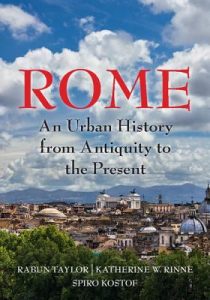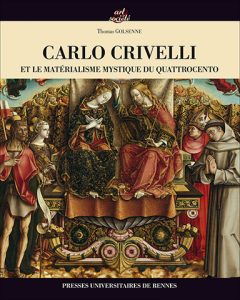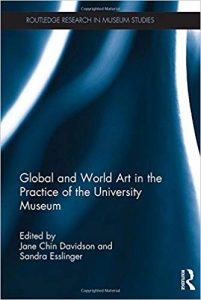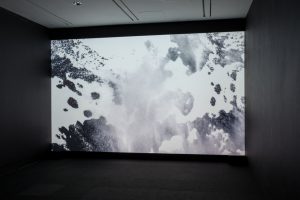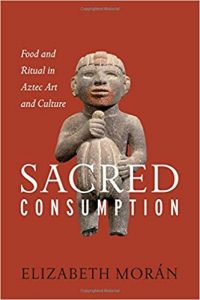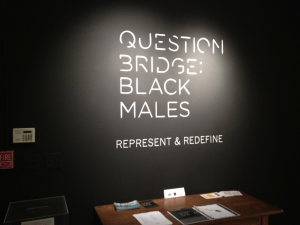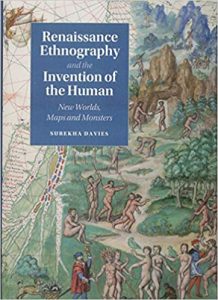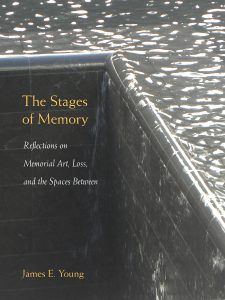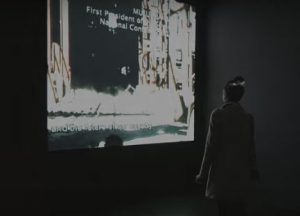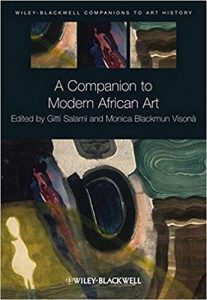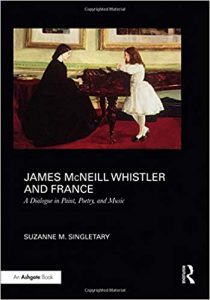CAA News Today
New in caa.reviews
posted by CAA — November 30, 2018
Gregor Kalas reviews Rome: An Urban History from Antiquity to the Present by Rabun Taylor, Katherine Wentworth Rinne, and Spiro Kostof. Read the full review at caa.reviews.
Liliana Leopardi writes about Carlo Crivelli et le matérialisme mystique du Quattrocento by Thomas Golsenne. Read the full review at caa.reviews.
Paul Baker Prindle discusses Global and World Art in the Practice of the University Museum, edited by Jane Chin Davidson and Sandra Esslinger. Read the full review at caa.reviews.
Erin Reitz looks at Cinthia Marcelle and Tiago Mata Machado: Divine Violence at the Reva and David Logan Center for the Arts, University of Chicago. Read the full review at caa.reviews.
Kristopher Driggers reviews Sacred Consumption: Food and Ritual in Aztec Art and Culture by Elizabeth Morán. Read the full review at caa.reviews.
Bryant Keith Alexander writes about Question Bridge: Black Males at the Brooklyn Museum, and Question Bridge: Black Males in America, edited by Deborah Willis and Natasha L. Logan. Read the full review at caa.reviews.
Ivana Horacek examines Renaissance Ethnography and the Invention of the Human: New Worlds, Maps and Monsters by Surekha Davies. Read the full review at caa.reviews.
David Ehrenpreis discusses The Stages of Memory: Reflections on Memorial Art, Loss, and the Spaces Between by James E. Young. Read the full review at caa.reviews.
Sarah Stefana Smith reviews the exhibition Senses of Time: Video- and film-Based Works of Africa. Read the full review at caa.reviews.
Finalists for the 2019 Morey and Barr Awards
posted by CAA — November 29, 2018
CAA is pleased to announce the 2019 finalists for the Charles Rufus Morey Book Award and two Alfred H. Barr Jr. Awards. The winners of the three prizes, along with the recipients of other Awards for Distinction, will be announced in January 2019 and presented during Convocation in conjunction with CAA’s 107th Annual Conference, taking place in New York, February 13-16, 2019.
Charles Rufus Morey Book Award
Zeynep Çelik Alexander, Kinaesthetic Knowing: Aesthetics, Epistemology, Modern Design (Chicago: University of Chicago Press, 2017)
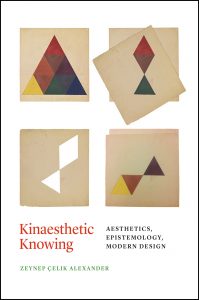
Olga Bush, Reframing the Alhambra: Architecture, Poetry, Textiles and Court Ceremonial (Edinburgh: Edinburgh University Press, 2018)
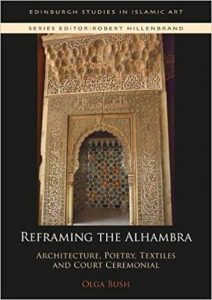
Linda Kim, Race Experts. Sculpture, Anthropology, and the American Public in Malvina Hoffman’s Races of Mankind (Lincoln: University of Nebraska Press, 2018)
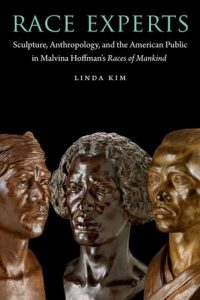
Carolyn Yerkes, Drawing after Architecture (Princeton: Princeton University Press, 2017)
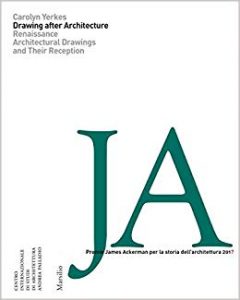
Alfred H. Barr Jr. Award
Christophe Cherix, Cornelia Butler, and David Platzker, Adrian Piper: A Synthesis of Intuitions 1965-2016 (New York: Museum of Modern Art, 2018)
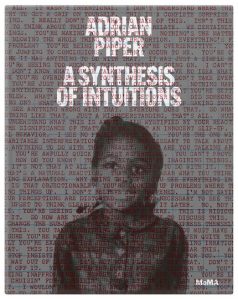
Jeffrey Spier and Timothy Potts, Beyond the Nile: Egypt and the Classical World (Los Angeles: J. Paul Getty Trust, 2018)
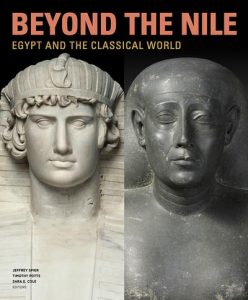
Naoko Takahatake and Jonathan Bober, The Chiaroscuro Woodcut in Renaissance Italy (Los Angeles: Los Angeles County Museum of Art, 2018)
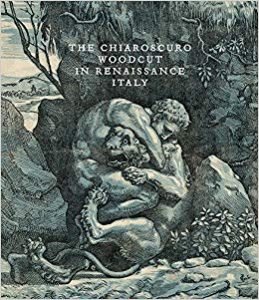
Cecilia Fajardo-Hill and Andrea Giunta, Radical Women: Latin American Art, 1960-1985 (Los Angeles : Hammer Museum, University of California, 2017)
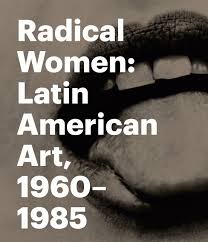
Wendy Kaplan, Design in California and Mexico 1915-1985: Found in Translation (Los Angeles: Los Angeles County Museum of Art, 2017)
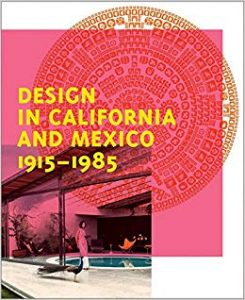
Alfred H. Barr Jr. Award for Smaller Museums, Libraries, Collections, and Exhibitions
Antonio Sergio Bessa and Jessamyn Fiore, Gordon Matta-Clark: Anarchitect (New York: The Bronx Museum of Art, 2017)
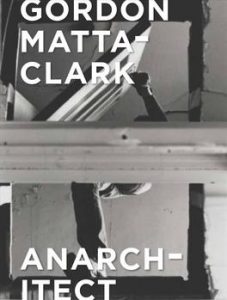
Andrew C. Weislogel and Andaleeb Badiee Banta, Lines of Inquiry: Learning from Rembrandt’s Etchings (Ithaca: Herbert F. Johnson Museum of Art, Cornell University, 2017)
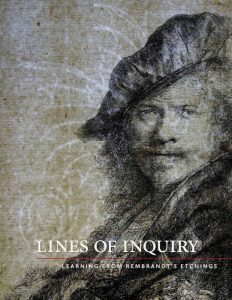
Mark Sloan, Fahamu Pecou: Visible Man (Charleston, SC: Halsey Institute of Contemporary Art, 2016)
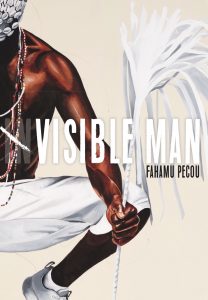
Patrick Arthur Polk, Axe Bahia: The Power of Art in an Afro-Brazilian Metropolis (Los Angeles: Fowler Museum at UCLA, 2018)
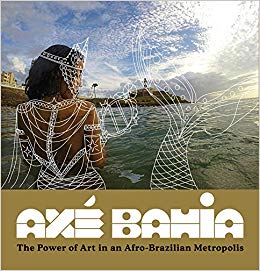
The presentation of the 2019 Awards for Distinction will take place on Wednesday evening, February 13, 2019 from 6-7:30pm in the Grand Ballroom East at the New York Hilton Midtown. The event is free and open to the public. For more information about CAA’s Awards for Distinction, please contact nyoffice@collegeart.org
Childcare Available at 2019 CAA Annual Conference
posted by CAA — November 28, 2018
In 1971, CAA first began the discussion to offer childcare at the Annual Conference. In 1976, after five years of discussion, CAA decided the risks of offering child care were too high and did not move forward. Over 40 years later, CAA will provide childcare at the Annual Conference for the first time. For the 107th CAA Annual Conference, CAA partnered with Kiddie Corp to offer onsite childcare for ages 6 months to 12 years of age at a price of $12 an hour. Kiddie Corp programs feature arts and crafts, group games, music and movement, board games, story time, dramatic play, and many more engaging activities. Kiddie Corp is in its 33rd year of providing childcare services at conferences and trade shows and has a longstanding partnership with the American Academy of Pediatrics.
Learn more about Childcare at the 2019 CAA Annual Conference.
The deadline to sign up is January 14, 2019.
News from the Art and Academic Worlds
posted by CAA — November 28, 2018
Want articles like these in your inbox? Sign up: collegeart.org/newsletter
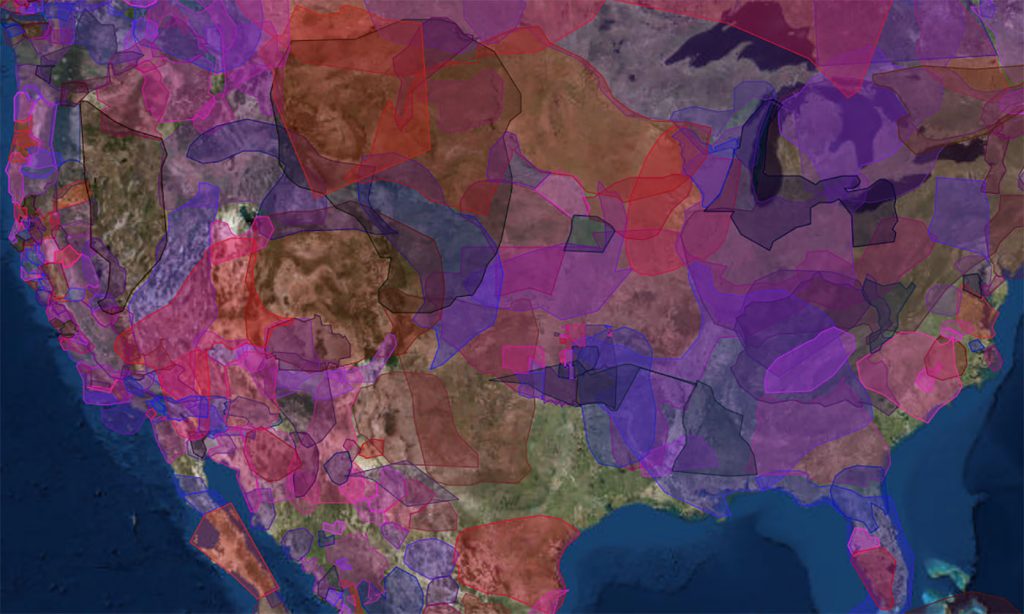
Native Land is a free online tool that seeks to map Indigenous languages, treaties, and territories. Image: Yes Magazine
‘Management Should Be Ashamed’: MoMA PS1 Installers and Maintenance Workers’ Union Protests Pay Rates
The union says the rates its members are paid are below the industry standard. (ARTnews)
This App Can Tell You the Indigenous History of the Land You Live On
Native Land is a free online tool that seeks to map Indigenous languages, treaties, and territories. (Yes Magazine)
Barbara Kruger Revisits a 40-Year-Old Series That’s as Relevant as Ever
The show is an invitation to reflect on what’s changed—and what hasn’t—across American politics since 1978. (Artsy)
Bauhaus Histories Tend to Be Disproportionately Dominated by Male Protagonists
The role of female Bauhauslers in shaping the course of modern design is at last being addressed. (Dezeen)
How Mexican and Chicanx Activism Flourished in 20th-Century Los Angeles
Political art-making and organizing have continued unabated for over a century in Los Angeles, starting with an influential newspaper by two anarchist Mexican brothers. (Hyperallergic)
Meet the 2019 Travel Grant Recipients
posted by CAA — November 26, 2018
CAA offers Annual Conference Travel Grants to graduate students in art history and studio art and to international artists and scholars. Meet this year’s recipients below.
CAA TRAVEL GRANT IN MEMORY OF ARCHIBALD CASON EDWARDS, SENIOR, AND SARAH STANLEY GORDON EDWARDS
Established by Mary D. Edwards with the help of others, the CAA Travel Grant in Memory of Archibald Cason Edwards, Senior, and Sarah Stanley Gordon Edwards supports women who are emerging scholars at either an advanced stage of pursuing a doctoral degree or who have received their PhD within the two years prior to the submission of the application.

Hollyamber Kennedy, Columbia University
Session: Migration and Colonial Modernities
Paper: Infrastructures of “Legitimate Violence”: Notes on The Prussian Settlement Commission’s Border Villages

Kaja Tally-Schumacher, Cornell University
Session: Perimeter, Periphery, Partition: Exploring Boundaries in Gardens and Landscapes
Paper: A Spectrum of Life: Exploring Blurred Boundaries in Human and Plant Bodies in Roman Gardens
CAA GRADUATE STUDENT CONFERENCE TRAVEL GRANTS
CAA awards Graduate Student Conference Travel Grants to advanced PhD and MFA graduate students as partial reimbursement of travel expenses to the Annual Conference.

J’han Brady
American University

Gabriela Germana
Florida State University

Anthony Hamilton
Illinois State University

Donato Loia
University of Texas at Austin
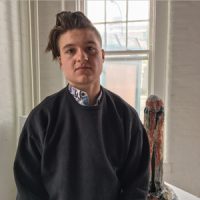
Marval Rechsteiner
Queer Art Network
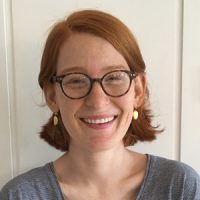
Anna Van Voorhis
University of Minnesota-Twin Cities
CAA INTERNATIONAL MEMBER CONFERENCE TRAVEL GRANTS
CAA awards the International Member Conference Travel Grant to artists and scholars from outside the United States as partial reimbursement of travel expenses to the Annual Conference.

Élodie Dupey
Universidad Nacional Autónoma de México, Mexico

Ana Mannarino
Federal University of Rio De Janeiro, Brazil

Chalice Mitchell
Independent Artist, United Kingdom
SAMUEL H. KRESS FOUNDATION CAA CONFERENCE TRAVEL FELLOWSHIP FOR INTERNATIONAL SCHOLARS
Recognizing the value of first-hand exchanges of ideas and experience among art historians, the Kress Foundation is offering support for international scholars participating as speakers at the 2018 CAA Annual Conference. The scholarly focus of the papers must be European art before 1830. Kress recipients will be announced in January 2019.
CAA-GETTY INTERNATIONAL PROGRAM
Every year since 2012, the CAA-Getty International Program has brought between fifteen and twenty art historians, museum curators, and artists who teach art history to attend CAA’s Annual Conference. This program is funded on an annual basis by the Getty Foundation. Click here to meet the CAA-Getty International Program participants.
Jennifer Drinkwater and Karen Gergely
posted by CAA — November 26, 2018
The weekly CAA Conversations Podcast continues the vibrant discussions initiated at our Annual Conference. Listen in each week as educators explore arts and pedagogy, tackling everything from the day-to-day grind to the big, universal questions of the field.
CAA podcasts are now on iTunes. Click here to subscribe.
This week, Jennifer Drinkwater and Karen Gergely discuss social practice.
A Mississippi native, Jennifer Drinkwater is an assistant professor with a joint appointment between the department of art and visual culture at Iowa State University extension and outreach.
Karen Gergely is a West Virginia native and an assistant professor of Art at Graceland University in Lamoni, Iowa.
New in caa.reviews
posted by CAA — November 23, 2018
Claire A. P. Willsdon reviews James McNeill Whistler and France: A Dialogue in Paint, Poetry, and Music by Suzanne Singletary. Read the full review at caa.reviews.
Babatunde Lawal explores A Companion to Modern African Art, edited by Gitti Salami and Monica Blackmun Visoná. Read the full review at caa.reviews.
News from the Art and Academic Worlds
posted by CAA — November 21, 2018
Want articles like these in your inbox? Sign up: collegeart.org/newsletter
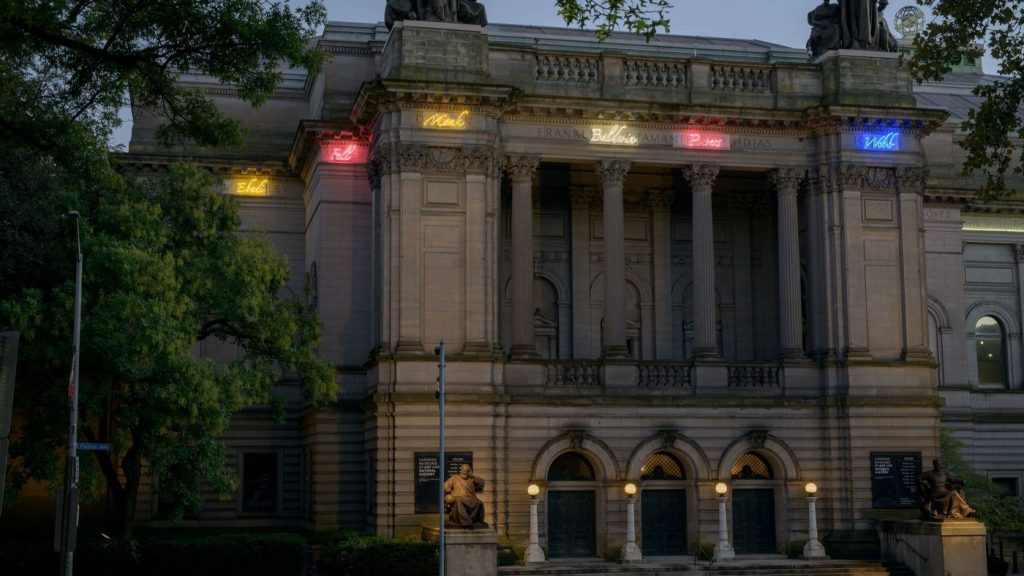
An installation view of Tavares Strachan’s The Encyclopedia of Invisibility, 2018, at the Carnegie International. Photo: Bryan Conley/Carnegie International, via Los Angeles Times
Michael Bloomberg: Why I’m Giving $1.8 Billion for College Financial Aid
The gift to Johns Hopkins University is likely the largest in the history of American higher education, and it has a specific aim. (New York Times)
In ArtReview’s New Power 100, David Zwirner and Kerry James Marshall Rise to the Top, Outranking… the Entire #MeToo Movement?
A look at the magazine’s annual “who’s who” in the contemporary art world. (artnet News)
Task Force Tackles Dearth of Resources for Transgender Museum Professionals
Here are steps you can take right now to be more trans-inclusive. (American Alliance of Museums)
The Coming Wave of Affordable Textbooks
Big changes in textbooks are coming, and libraries will be at the center of them. (Scholarly Kitchen)
The Best of Times, the Worst of Times: Art in the Age of Rising White Supremacy
American culture is embracing a more diverse array of voices and ideas than ever. But it’s also a period of ascendant white supremacy. (LA Times)
An Interview with Elizabeth Hill Boone, 2019 CAA Distinguished Scholar
posted by CAA — November 20, 2018
We are pleased to welcome Elizabeth Hill Boone, Professor of History of Art and Martha and Donald Robertson Chair in Latin American Art at Tulane University, as the 2019 CAA Distinguished Scholar.
An expert in the Precolumbian and early colonial art of Latin America with an emphasis on Mexico, Professor Boone is the former Director of Pre-Columbian Studies at Dumbarton Oaks and recipient of numerous honors and fellowships, including the Order of the Aztec Eagle, awarded by the Mexican government in 1990.
CAA media and content manager Joelle Te Paske corresponded with her recently to learn her thoughts on art history, scholarship, and challenges in the field. Read their interview below.
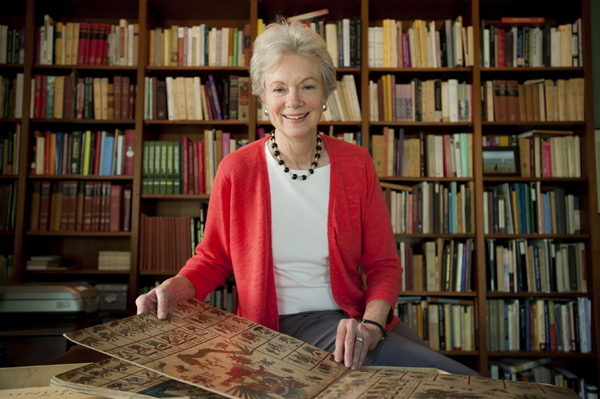
Photo: Paula Burch, Tulane University
Joelle Te Paske: Thanks for taking the time to speak with CAA. So, where are you from originally?
Elizabeth Hill Boone: Coming from a military family rooted in Virginia, I moved from coast to coast often as a child and then attended the College of William and Mary in Virginia for my BA.
JTP: What pathways led you to the work you do now?
EHB: It was at William and Mary, where I was a Fine Arts major. The sculpture professor Carl Roseberg offered a course, Ancient Art, that included a three-week section on the Pre-Columbian Americas. He showed us and presented the then-canonical explanation of the monumental “Coatlicue” sculpture from Aztec Mexico, and I was immensely intrigued. I wondered what kind of mind would conceptualize and carve a work like that as its creator or mother goddess. That question led me into Aztec studies, which took me to the University of Texas at Austin for my PhD, and to Aztec painted books, where similar images were to be found. I became a manuscript specialist because I needed to understand what the manuscript paintings meant, how they related to the Coatlicue, why they came to fill those particular pages. Since the field of Mexican manuscript painting was in its infancy, I left the Coatlicue behind to focus on the other manuscript genres and Mexican pictography as a system. My study of Mexican pictography naturally led me to the issue of how the concept of Writing should be broadened.
JTP: What are you working on currently?
EHB: I am now finishing up a book analyzing the corpus of pictorial manuscripts created in the early colonial period to document the ideologies and practices of Aztec culture. United by their decendency from Mexican pictography, these painted reflections of the Aztec past were re-purposed to inform Europeans principally about Aztec religion, as weapons of conversion and aids for colonial administrators.
JTP: What is your favorite part of the work you do?
EHB: I think most art historians love solving mysteries: discovering connections and uncovering histories and contexts. I want to understand what an object meant to its different audiences at the time of its creation, and also what it can tell us now about our own perspectives. Depending on the object, it can also be rewarding and telling to track its reception and reconceptualization through time.
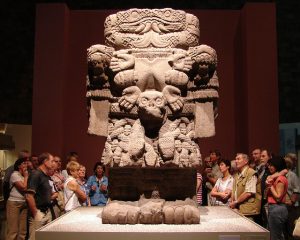
Coatlicue Statue in National Museum of Anthropology, Mexico City. Photo: Antony Stanley
JTP: If you could boil your teaching philosophy down to a central idea, what would it be?
EHB: My goal is to excite students about the potentials of visual expression. This means giving them knowledge of the material such that they can understand its cultural context and power, but also showing the students how the objects speak today as works of art.
JTP: What’s exciting to you right now in the field?
EHB: Globalism. The discipline has broken the confines that once centered it in Western Europe and is now focusing on connections between peoples. Centers of discourse are now shifting toward the larger Atlantic world, the Pacific world, the Silk Road, and the trans-Mediterranean/African network, to name just a few. It is opening up new ways of understanding the meaning and agency of art.
JTP: What do you see as the greatest challenges in the field right now?
EHB: I see two challenges. The first and most important is relevance. Art history must articulate why it matters in these times. As graphic communication (communication that is not oral or gestural) becomes even more the principal form of communication between people, the discipline needs to assert its place as a source of theoretical knowledge and of models for investigative practice.
The second challenge is linked to the increasing study of trans-cultural connections. Scholars who seek to follow the movement of objects and ideas across spaces and between cultures need to develop strong local knowledge of all participants, so that these global connections are grounded in area expertise. In order to avoid facile comparisons and connections, researchers now have to master multiple areas.
JTP: Have you attended CAA conferences? Do you have a favorite memory?
EHB: I have attended many. Perhaps my favorite memories are of cross-cultural sessions that focus on issues relevant to many cultures, for example, civic identity, and in which the presenters push their material to address the large question in a serious way.
JTP: Thank you, Professor Boone. We’re looking forward to seeing you at the 2019 conference.
Elizabeth Hill Boone is Professor of History of Art and Martha and Donald Robertson Chair in Latin American Art at Tulane University. An expert in the Precolumbian and early colonial art of Latin America with an emphasis on Mexico, she is the former Director of Pre-Columbian Studies at Dumbarton Oaks. Professor Boone has earned numerous honors and fellowships, including the Order of the Aztec Eagle, awarded by the Mexican government in 1990. She is a Fellow of the American Academy of Arts and Sciences and a Corresponding Member of the Academia Mexicana de la Historia. Her research interests range from the history of collecting to systems of writing and notation, and are grounded geographically in Aztec Mexico, but extend temporally for at least a century after the Spanish invasion. She is the author of Cycles of Time and Meaning in the Mexican Books of Fate (Texas, 2007) and Stories in Red and Black: Pictorial Histories of the Aztecs and Mixtecs (Texas, 2000), which was awarded the Arvey Prize by the Association for Latin American Art.
Sissel Tolaas, Yelena McLane, and Meredith Lynn
posted by CAA — November 19, 2018
The weekly CAA Conversations Podcast continues the vibrant discussions initiated at our Annual Conference. Listen in each week as educators explore arts and pedagogy, tackling everything from the day-to-day grind to the big, universal questions of the field.
CAA podcasts are now on iTunes. Click here to subscribe.
This week, Sissel Tolaas, Yelena McLane, and Meredith Lynn discuss “Smells, Diversity, Tolerance.”
Sissel Tolaas is an artist and founder of the SMELL RE_searchLab in Berlin.
Yelena McLane is Assistant Professor of Interior Architecture & Design, Florida State University.
Meredith Lynn is Assistant Curator & Director of Galleries, Florida State University.



